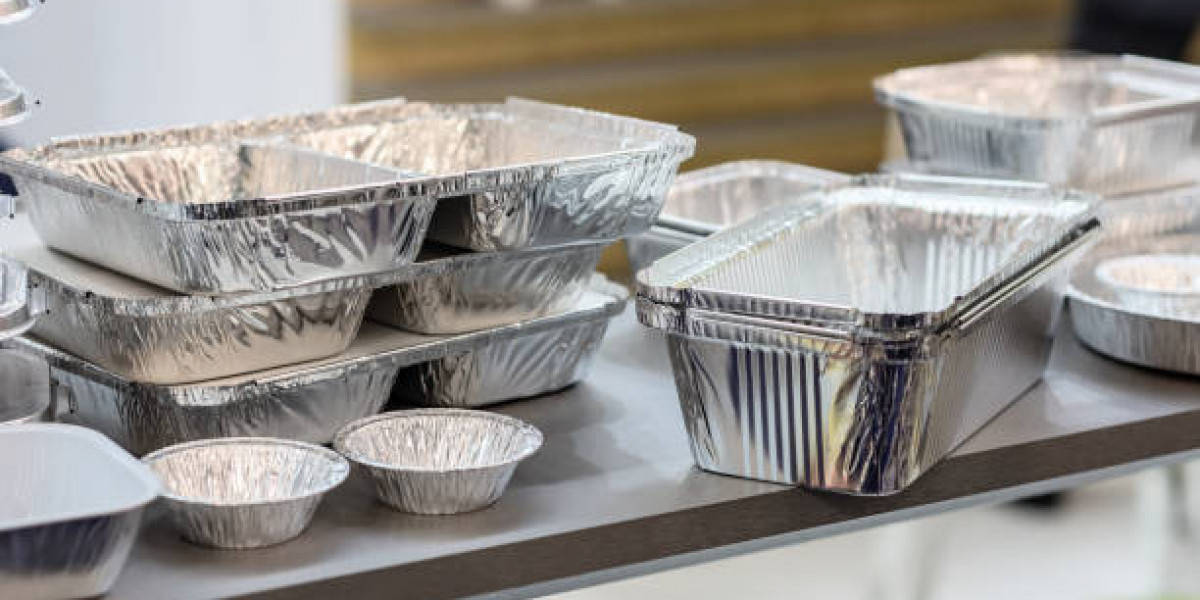The bread and roll market, a staple in many households around the world, has experienced significant disruptions over the past few years. While bread and rolls may seem like timeless, unchanging products, numerous factorsfrom shifts in consumer preferences to innovations in productionhave reshaped the industry in unexpected ways.
The Rise of Health Consciousness
Health trends have profoundly impacted the bread and roll market. As consumers become more health-conscious, there has been a significant shift towards gluten-free, low-carb, and whole-grain options. People are now more aware of the ingredients in their food, and traditional white bread and rolls are often viewed with skepticism due to their high carbohydrate content and lack of nutritional value. As a result, bakeries and brands have had to adapt, offering healthier alternatives to meet the demands of this growing segment.
The rise of the health-conscious consumer has also led to a surge in plant-based, organic, and non-GMO offerings. Bread made from alternative grains like quinoa, spelt, and millet is gaining traction, catering to those with gluten sensitivities or those simply seeking variety in their diet. These trends have disrupted the market, causing traditional bakeries and large manufacturers to reconsider their product lines.
Technology and Automation in Baking
The integration of technology in the baking industry has played a crucial role in market disruptions. Automation in bread production has not only made the process more efficient but also ensured consistency and quality across large batches. Automation tools and advanced baking equipment, such as automated dough mixers and ovens, have reduced labor costs while allowing bakeries to scale production rapidly.
This shift towards automation has led to an increase in the production of pre-packaged bread and rolls, making them more accessible to consumers. The increased availability of these products in supermarkets, along with longer shelf life due to packaging innovations, has further disrupted the traditional, artisan bread market. Smaller, independent bakeries have had to rethink their business models to compete with the efficiency of mass production while still maintaining the craft and quality of their products.
E-Commerce and Direct-to-Consumer Models
Another disruption in the bread and roll market comes from the rise of e-commerce and direct-to-consumer (DTC) models. Online grocery shopping has surged, with more consumers opting to buy their bread and rolls online rather than visiting physical stores. This trend accelerated during the COVID-19 pandemic, and now, with the convenience of home delivery, it is expected to remain a permanent feature of the market.
Bakeries and bread manufacturers have embraced DTC platforms to provide consumers with fresh products delivered straight to their doors. This shift has allowed small artisanal bakeries to expand their customer base beyond their local regions and compete with larger, mass-market players. By offering subscription services or customizable delivery options, bakeries can now cater to consumer preferences in a way that was previously unimaginable.
Sustainability and Environmental Impact
Sustainability has become a critical issue for many industries, and the bread and roll market is no exception. Consumers are increasingly concerned about the environmental impact of their food choices, and the bakery industry has had to respond. The sourcing of ingredients, packaging waste, and carbon emissions from transportation have all come under scrutiny.
Many bakeries have embraced sustainable practices, such as sourcing locally grown wheat, reducing food waste, and switching to eco-friendly packaging. These practices have not only helped businesses meet consumer demand for more responsible products but have also disrupted the traditional bread supply chain. Companies that were once heavily reliant on global supply chains are now focused on sourcing ingredients closer to home, thus reducing their carbon footprint and supporting local economies.
The Influence of Plant-Based and Vegan Trends
The increasing popularity of plant-based diets and veganism has also disrupted the bread and roll market. While bread itself is typically plant-based, the market for vegan and plant-based rolls has expanded significantly. Vegan consumers are now seeking products that align with their values, which includes avoiding animal-derived ingredients like dairy and eggs, commonly found in traditional bread recipes.
Bakeries and large brands are now developing new recipes and formulations that cater to this growing demographic. This disruption has created a shift in the production of certain types of bread and rolls, pushing the market to innovate and diversify.
Conclusion: A Changing Landscape
The bread and roll market has experienced multiple disruptions that have transformed the way these products are produced, marketed, and consumed. From health-conscious choices to technological advancements, e-commerce models, sustainability practices, and the influence of veganism, the industry is no longer the same as it once was. As these trends continue to evolve, it will be interesting to see how the market adapts further and how traditional bakeries and new players alike navigate the shifting landscape.









